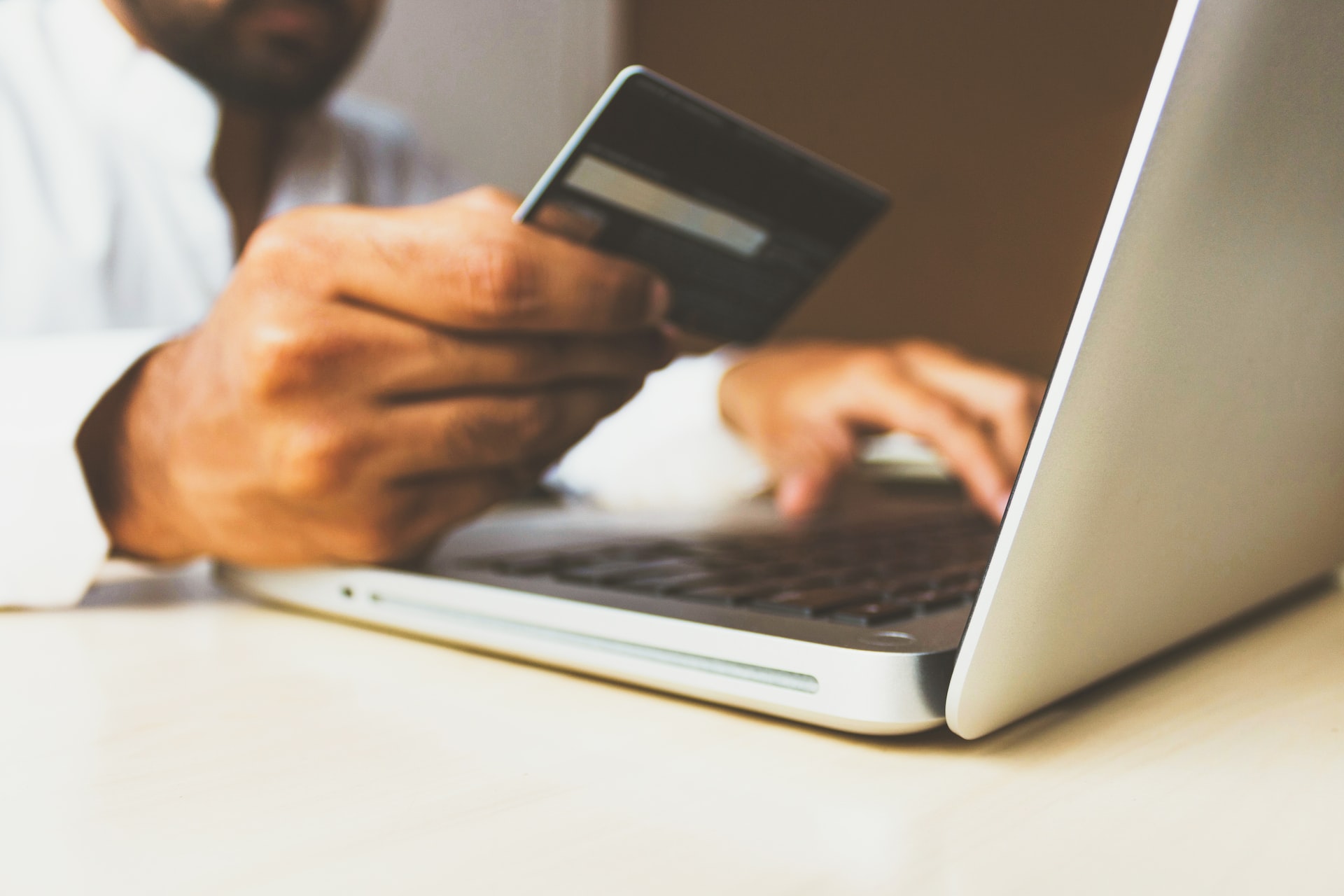When you open a checking account, your bank or credit union provides a debit card you can use to make purchases. The debit card includes several components, including the debit card issuer, your financial institution’s name, your name, card number, the expiration date, a magnetic strip and a place for your signature.
You’ll also notice a series of numbers that are referred to as CVV numbers. What does this string of numbers represent, and why does it matter? This guide provides the answers to these questions and more.
What is a CVV?
A CVV or card verification value helps shield your debit card from fraudsters. It is generated by the bank, credit union or financial institution that issues the card and is determined by the card network, account number and expiration date.
Is the CVV a 3 or a 4 Digit Number?
It depends on the type of debit card you have. Three-digit CVV numbers are found on Discover, Mastercard and Visa cards. However, American Express cards come with four-digit CVV numbers.
Where Can You Usually Find the CVV on Your Debit Card?
If you have a Discover, Mastercard or Visa card, you can find your CVV number in the signature box on the back of the debit card. But if you have an American Express, it will likely be present on the front of your debit card.
The Difference Between CVV and PIN Numbers
Both CVV and PINs provide an added layer of security to your debit card. Still, there’s a key difference between the two.
When you make a purchase by telephone or online, you’ll be prompted to enter your CVV number when checking out. But your PIN is used, instead, at the point of sale at brick-and-mortar stores or when withdrawing money from your checking account at an ATM.
You should also know that CVV numbers cannot be altered, but PINs can. Furthermore, you have the freedom to set your PIN to a four-digit number that you prefer and change it at any time. Some financial institutions allow you to change your PIN online, but you may require a physical branch to do so.
Components of CVV
There are two primary components of a CVV number – a magnetic strip and a three- or four-digit code.
Magnetic Strip
The magnetic strip on your debit card contains data that is only accessible by a magnetic reader machine when you swipe your debit card.
Three- or Four- Digit Code
The three- or four-digit code found on the back or front of your card, depending on the issuer, is the second part of your CVV number. As mentioned above, you’ll provide this number when making a purchase online or by telephone.
The Importance of CVV on a Debit Card
CVV numbers help shield your debit card from fraudulent transactions. So, it’s vital to protect it from unauthorized access in the same way that you do your PIN that’s used at the point of sale or to make ATM withdrawals.
Ways to Protect Your Debit Card’s CVV
Follow these tips to shield your debit card’s CVV from fraudsters,
Be Wary of Where You Save Your Debit Card Information
It can be tempting to store your debit card information online with your favorite retailers to expedite the checkout process. However, it also puts your account at risk of being compromised, and you should opt to use a virtual number instead.
Only Use Your Debit Card with Legitimate Vendors
You should only do business online with merchants who have secured sites. Look for the “https://” in the URL or web address as it indicates the site is secured and encrypts your data to help prevent it from falling into the hands of a cyber thief.
Take Extra Precaution When Shopping Online
Only provide your CVV number when prompted on websites that are secured and belong to legitimate vendors. Otherwise, you risk your account information being compromised.
Familiarize Yourself with Scams and Frauds
The FTC provides guidance on tactics fraudsters use to steal your debit card information and steal money from you. Keep these scams and frauds in mind and protect your card to avoid falling victim to their deceptive tactics.







